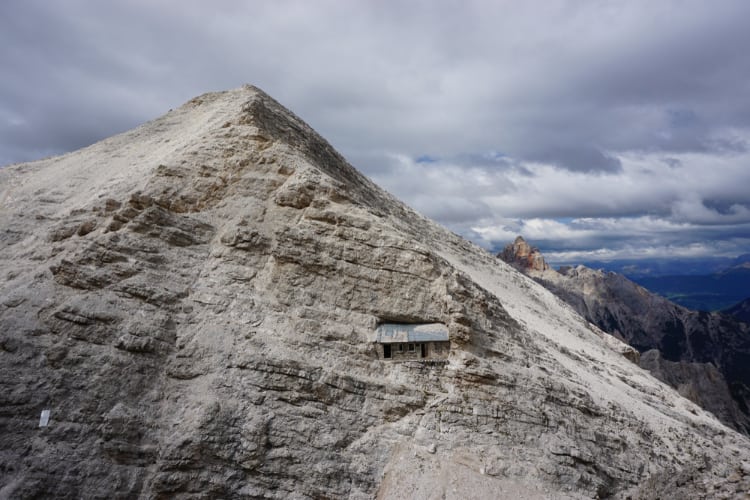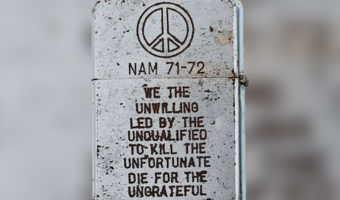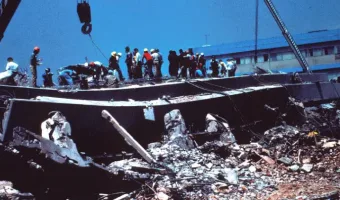The Mystery of Buffa Di Perrero, the World’s Loneliest House
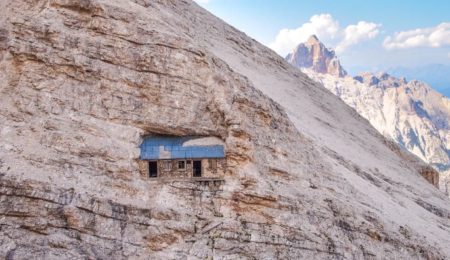
High up in the Dolomite Mountain ranges of Italy, protruding from the rock face is an isolated, lonely house called “Buffa Di Perrero.” It remains almost camouflaged in the brown, rugged mountain terrain. This remotely located house is often dubbed “The World’s Loneliest House,” and for all the right reasons. With a front door that overlooks a 9,000-foot deadly drop, this house definitely does not send out an inviting vibe to travelers – that is, if there is any!
The Buffa Di Perrero sits uncomfortably on the edge of a mountain in a location that is almost impossible to access. But this bizarre location has intrigued climbers and explorers for many years. The house is more than 100 years old and emanates an aura of mystery and disbelief!
So, what do we know about this house so far?
How and where is Buffa Di Perrero, the world’s loneliest house, built?
The Buffa Di Perrero, on Monte Cristallo, is an eerily isolated house embedded in the rock face of the Dolomite Mountain ranges. The impractical location of this empty house is perhaps the most fascinating fact about it. A century ago, climbing up to this secluded, high spot in the mountains would have been possible only by using rope ladders and provisional cable cars to transport building supplies.
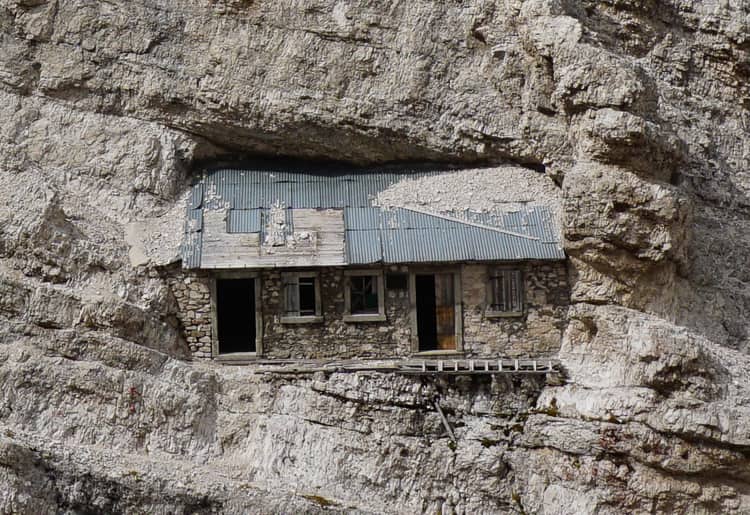
It still is a tough and treacherous mountain trail, with no easy access to this address. Today, only the most experienced, skilled mountain climbers brave enough to take on the extremely difficult Via Ferrata (which means “iron path” in Italian) Ivano Dibona in the Italian Dolomites can see and experience this incredible structure. The Via Ferrata Ivano Dibona route is fitted with cables, rungs, and steel ladders fitted throughout the path to support the mountaineers who attempt to trek this treacherous terrain and visit the house.
What does the house look like?
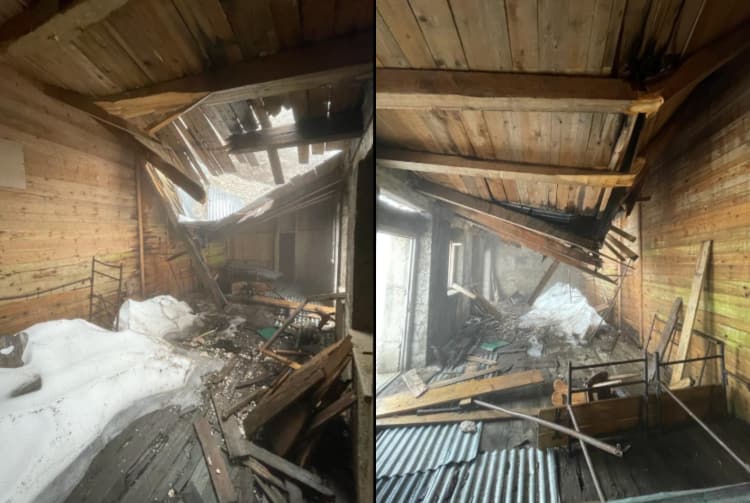
If you do manage to peek inside this house, it is rather plain and nothing extraordinary. Understandably, this must not have been a very interior-decoration-friendly spot, considering it was an ordeal to get supplies here! The architecture is straight and simple, giving a feeling that the house was meant to serve a very basic but significant purpose. It has brick walls, a narrow wood-clad room, a slanting roof, and framed windows. Inside, there are several white wooden chairs, haphazardly placed, bearing testimony to all those who have rested there!
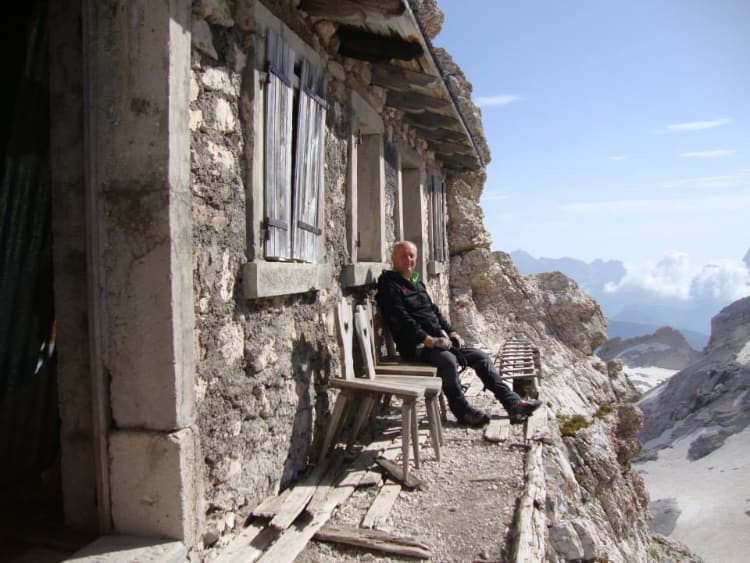
But if you do happen to perform the impossible task of climbing to this house and reach this spot, its spectacular views can take your breath away!
What is the History behind the World’s Loneliest House?
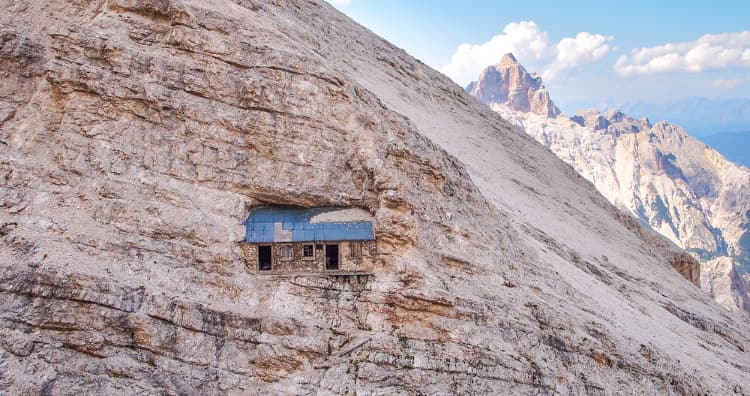
While people have wondered why anyone built this insanely difficult house, historians believe it was meant to be a place to rest for Italian soldiers during World War I, battling the Austro-Hungarians on the rough mountain terrain. It also worked as a kind of hidden shelter to store their supplies, to hide from the enemy, and perhaps also to gain a strategic advantage during the war. This house, conveniently, also gave them protection against the harsh elements of mountain weather.
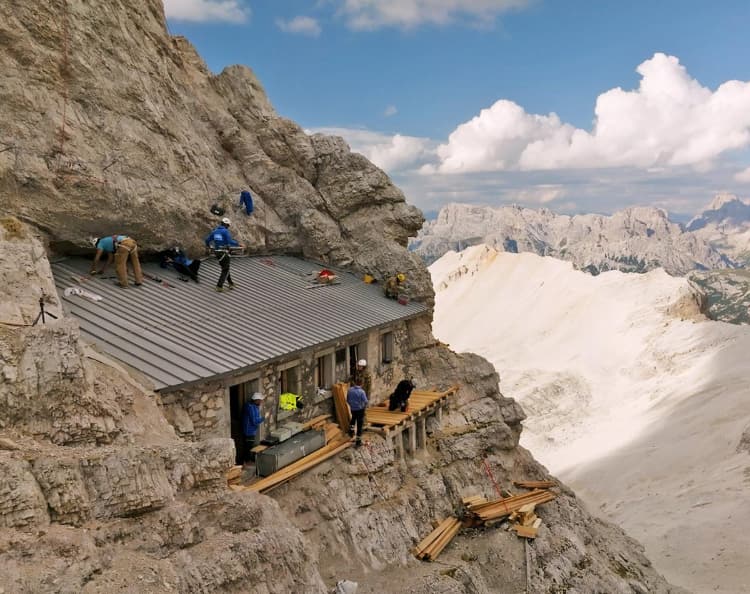
This bivouac has been named after the Alpini soldier, Colonel Carlo Buffa di Perrero, a war hero whose passion for the mountains led him to request a transfer to the Alpini Corps. He died in the frontline from an enemy grenade. The roof of the Pererro house was completely destroyed by snowstorms, making the house unfit to even be used by climbers. But, recently, in memory and honor of Buffa Di Perrero, the house, along with the roof, has been renovated.
Pictured: Bivouac Fanton, the incredible shelter for hikers perched 8,750ft up in Italy's Dolomites: Pictures show how the hut sits improbably on the edge of a ridge in the Marmarole range – truly wild terrain. In one image it actually looks like it's tumbling down the… pic.twitter.com/bBBLLvWi0H
— Vera Mart (@veraamartini) November 4, 2021
Inspired by this house, the hiking club Alpino Italiano has built a similar, present-day shelter for trekkers and mountaineers. This modern shelter was helicoptered into Forcella Marmarole pass and can fit up to 12 people. But isn’t it awe-inspiring and spine-chilling to even imagine what the soldiers had to brave to build this isolated cabin 100 years back?














